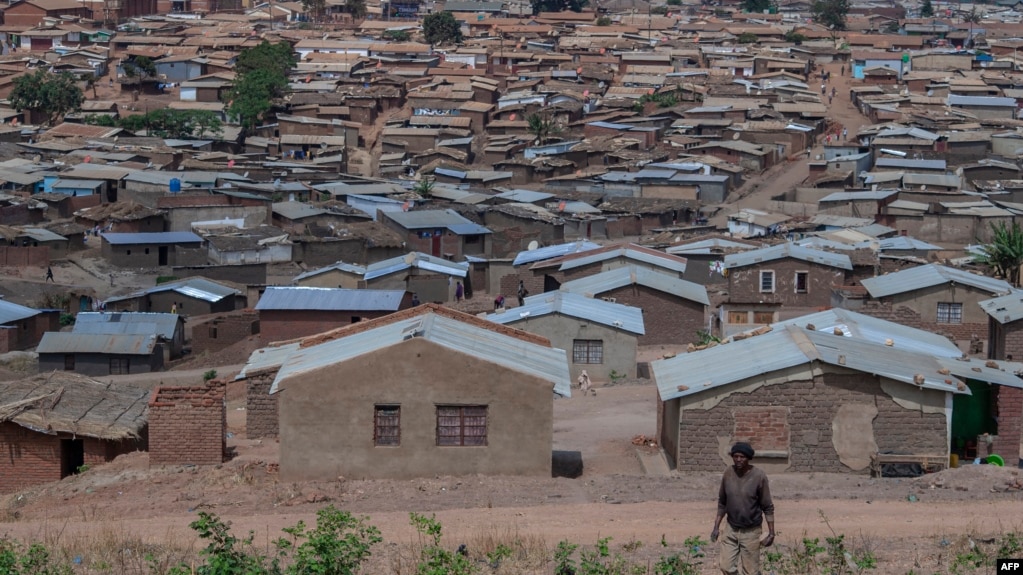 |
| FILE - A person walks along the Dzaleka refugee camp in Dowa, central Malawi, on Nov. 2, 2024. |
Refugees at Malawi's only refugee camp, Dzaleka, have started receiving their first-ever insurance payouts to mitigate the impact of the El Nino weather pattern, which has destroyed their crops.
The payouts, amounting to nearly $408,000 in total, were facilitated by the African Risk Capacity Group and KfW Development Bank, after the U.N. refugee agency office in Malawi leveraged the group's innovative Replica program.
This program enables humanitarian actors to purchase insurance on behalf of countries to address climate-related disasters.
Officials of the U.N. refugee agency, the UNHCR, say the beneficiaries will receive approximately $33 per household per month for three months to enhance food security.
“The payout that has come from this is targeting those that are taking part in agricultural activities and have suffered effects of El Nino or drought that came last year,” said Precious Mkoka, development officer for the UNHCR in Malawi. “We have 4,000 households that are benefiting from this.”
Some of the money will go to refugee communities, with the rest going to Malawians that are hosting them.
In August, the Malawi government received an insurance payout of $11.2 million to support the country’s recovery from a devastating drought largely blamed on El Nino.
The African Risk Capacity Group said the Replica program ensures that more people in need, including refugees, can be reached with critical assistance.
Evaristo Sikasunda, country engagement manager at African Risk Capacity Group, said the aim “is to help countries prepare and respond to adverse conditions like El Nino.”
Some beneficiaries of the payouts say they will use the money to buy seeds. However, others say the payment is too little to compensate for crops they lost to the drought.
The Dzaleka camp is home to refugees and asylum-seekers from Burundi, the Democratic Republic of Congo, Ethiopia, Rwanda and Somalia.
The camp originally was intended to accommodate about 12,000 refugees, but is home to more than 50,000.
This article was originally published on VOA.

Post a Comment